Reviewed by Corey Noles
Remember when getting into your phone meant swiping a pattern or typing a PIN? Recent Android Authority APK teardowns are revealing Android's next leap in authentication—your Wear OS watch might soon help verify it's really you trying to unlock your device. Instead of fumbling for your phone when your fingers are wet or Face Unlock fails, that smartwatch on your wrist could become your most trusted digital bodyguard.
What you need to know:
Android is developing deeper integration between phones and Wear OS devices for authentication
Your watch's proximity and unlock status could verify your identity automatically
This builds on existing Pixel Watch unlock features but expands the security relationship
The technology leverages ultra-wideband (UWB) for faster, more accurate authentication
From basic unlocking to true identity verification
The leaked APK strings suggest Android is moving beyond simple "watch unlocks phone" functionality toward genuine identity verification. While Google's current Watch Unlock already works when your Pixel Watch is "unlocked, on your wrist, and within reach," the new evidence points to more sophisticated authentication workflows that could verify your identity across multiple scenarios.
Here's what changes with true identity verification: instead of just confirming you're near your phone, your watch becomes an active participant in proving you are who you claim to be. Think passwordless login to apps, payment confirmations, or even accessing sensitive work documents. Having tested the current 4-inch proximity requirement extensively, I can tell you it works reliably but feels limited to basic unlock scenarios.
The technical foundation already exists. Developer documentation shows that "the phone companion app can securely transfer authentication data to the Wear OS app using the Wearable Data Layer" without requiring user action. But these APK findings suggest the reverse relationship—your watch actively participating in phone-side authentication decisions through OAuth 2.0 flows that can "exchange the authorization code for an access token" seamlessly across your entire digital ecosystem.
Research confirms the appeal: "smartwatch-based authentication outperformed password-based authentication and smartphone-based variants in authentication duration, while showing comparable success rates." Users rated smartwatch authentication highest for usability, making this evolution feel inevitable.
The security implications are bigger than convenience
This isn't just about avoiding PIN entry—it's about layered security that adapts to context. Android Authority's teardown revealed complementary features like automatically locking your phone when your watch disconnects, creating a true two-way security relationship instead of the current one-directional unlock system.
Ultra-wideband integration is the key technical leap that makes enhanced authentication practical. Google's been preparing UWB-based Watch Unlock that promises to be "faster and work more predictably" than current Bluetooth ranging. The Pixel Watch 3 includes UWB hardware, positioning this enhanced authentication as nearly production-ready.
UWB addresses specific security vulnerabilities that have plagued Bluetooth-based authentication. Unlike traditional BLE approaches, UWB provides precise ranging and is much harder to spoof or intercept. This matters because security researchers have identified "permanent broadcast of the device's static Bluetooth address, lack of (strong) mutual authentication between tracker and mobile phone, and missing end-to-end encryption" as ongoing concerns with current implementations.
Google's layered approach—using UWB for precise proximity detection combined with device pairing authentication—creates a more robust security model than either technology alone. When your watch disconnects unexpectedly, your phone locks automatically. When you approach with an authenticated, unlocked watch, your phone unlocks seamlessly. It's contextual security that actually understands your physical relationship with your devices.
What this means for your daily digital life
Think beyond just phone unlocking. Companion device pairing on Android 12+ already lets "companion apps that manage devices like watches use companion device profiles to streamline the setup process by granting necessary permissions when pairing." The APK evidence suggests expanding this system-level integration to universal identity verification.
Your watch could become your digital identity hub. Need to approve a payment? Tap your wrist. Accessing a work app with sensitive data? Your authenticated watch confirms it's really you. The OAuth 2.0 foundation means this works across apps and services, not just Google's ecosystem.
Early signs point to tablet integration too. Recent teardowns suggest "Google's Pixel Watch Unlocked feature could soon expand beyond Pixel smartphones to support Pixel Tablets as well," using UWB with newer watches or falling back to Bluetooth for older models. This ecosystem expansion represents a step toward universal digital identity management where your authenticated presence unlocks your digital life across devices.
The user experience improvements are already evident. Current implementations show users a "toast message explaining that the watch's proximity unlocked it" with watch-side notifications offering to "lock it again." I've been testing this extensively, and while it works reliably, the expanded authentication scenarios will need more sophisticated feedback systems to help users understand when and why their identity is being verified.
The road ahead for wearable security
The timing couldn't be better for this authentication evolution. Market data shows wearable sales grew from 28.8 million to 506.6 million devices between 2014 and 2023, with fitness tracker market size reaching $53.94 billion in 2023. This massive adoption creates both the user base and the security imperative for better authentication.
Google's three-year development timeline positions them well to address fundamental security issues. The Pixel Watch 4 development continues with the proven Snapdragon W5 Gen 1 chip while adding larger batteries (327mAh to 459mAh depending on size) and faster charging. These aren't just convenience improvements—always-on authentication scenarios demand reliable power management and quick recovery from dead batteries.
The hardware evolution directly enables authentication capabilities. Better battery life means your watch stays authenticated longer. Faster charging means less downtime where you're locked out of seamless authentication. Plans for pin-based charging could eliminate the reliability issues I've experienced with POGO connectors on every smartwatch I've tested long-term.
But Google still needs to solve the foundational security challenges. The expansion from basic proximity unlock to comprehensive identity verification only works if users trust the underlying technology. That means addressing the BLE vulnerabilities that researchers keep finding, implementing robust end-to-end encryption, and ensuring the authentication relationship between devices remains secure even as it becomes more sophisticated.
Your smartwatch knowing you better than your password isn't just possible—it's probably inevitable. The question is whether Google can deliver it without compromising the security that makes authentication worthwhile in the first place.




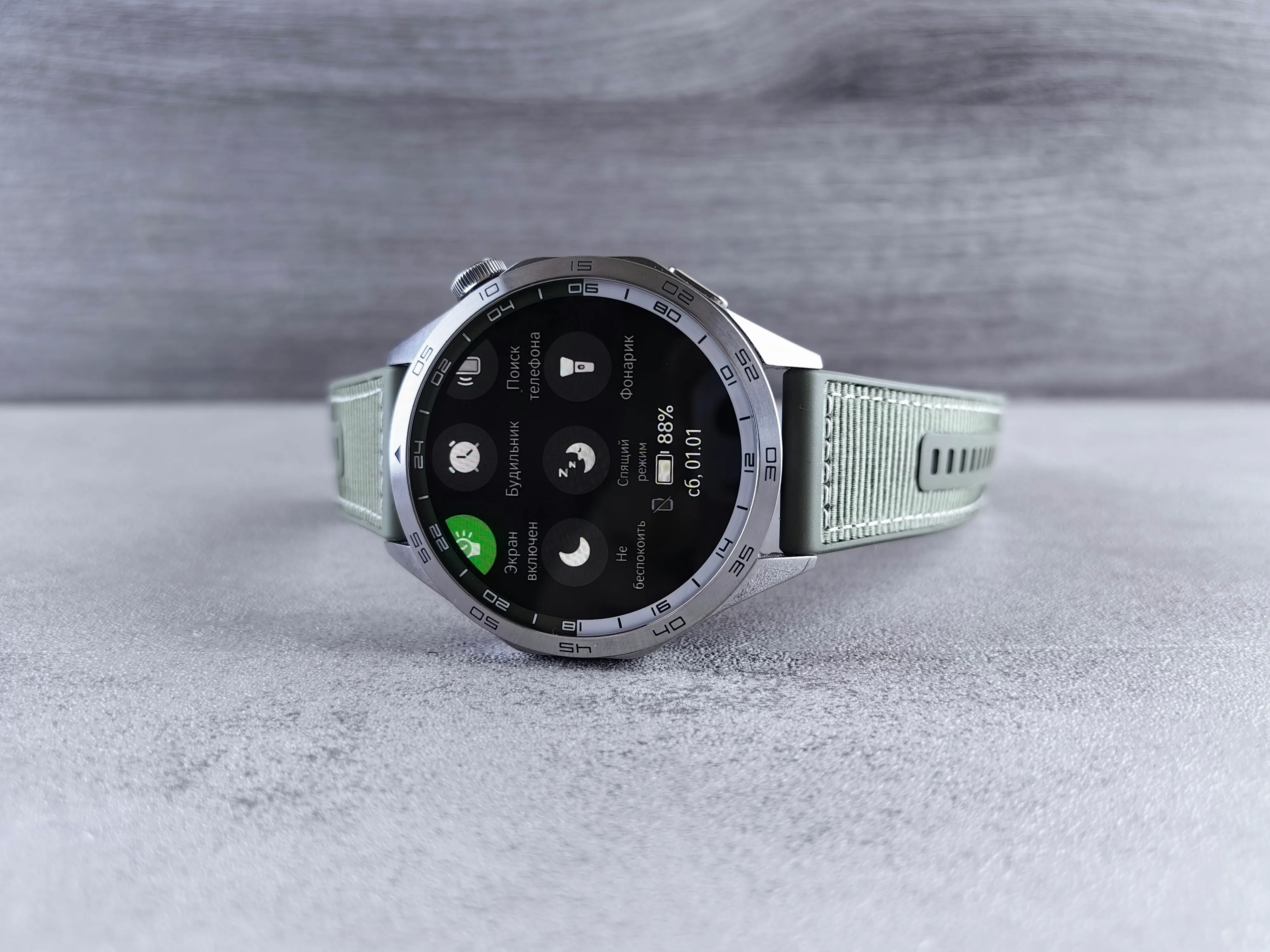


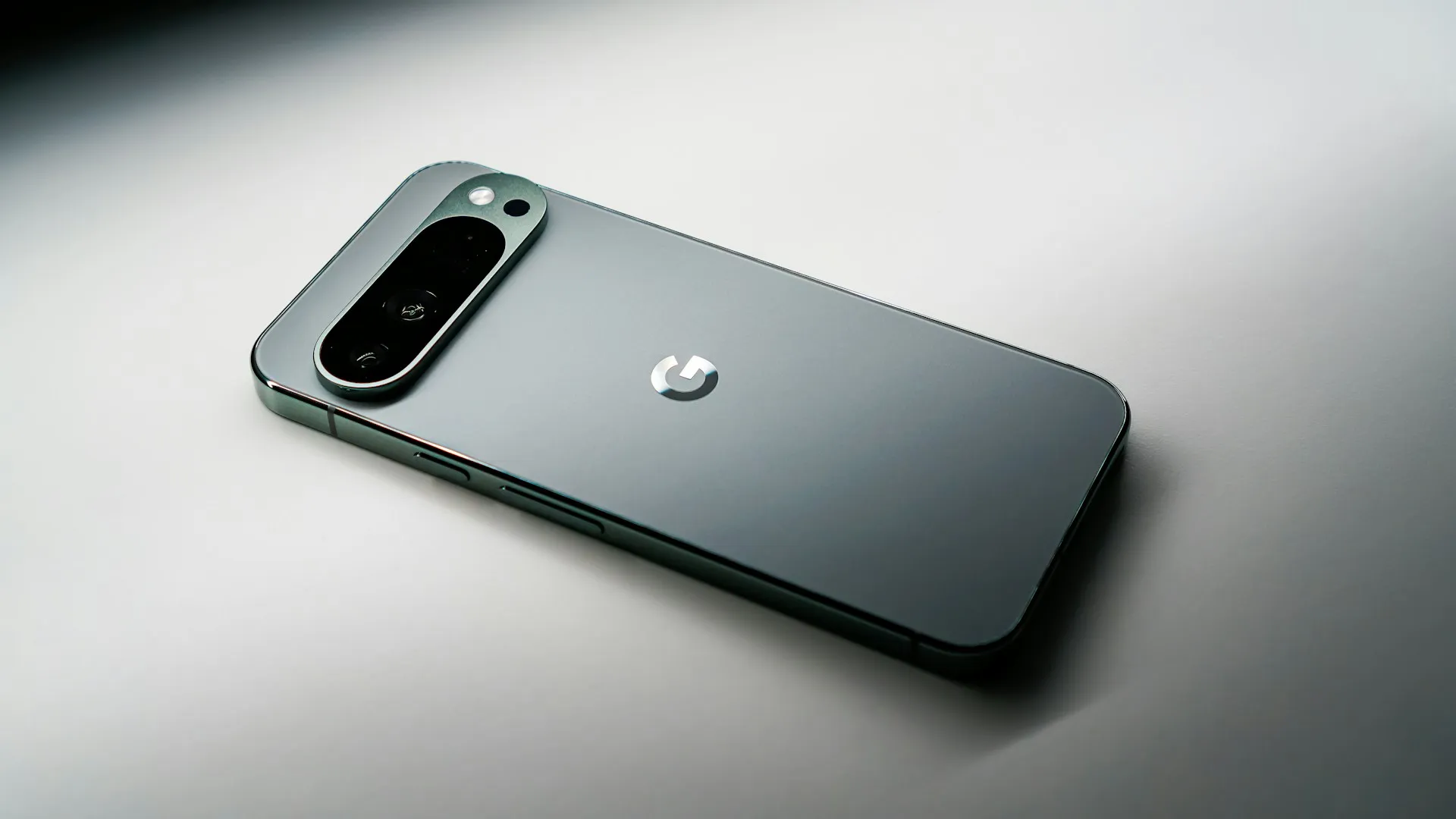
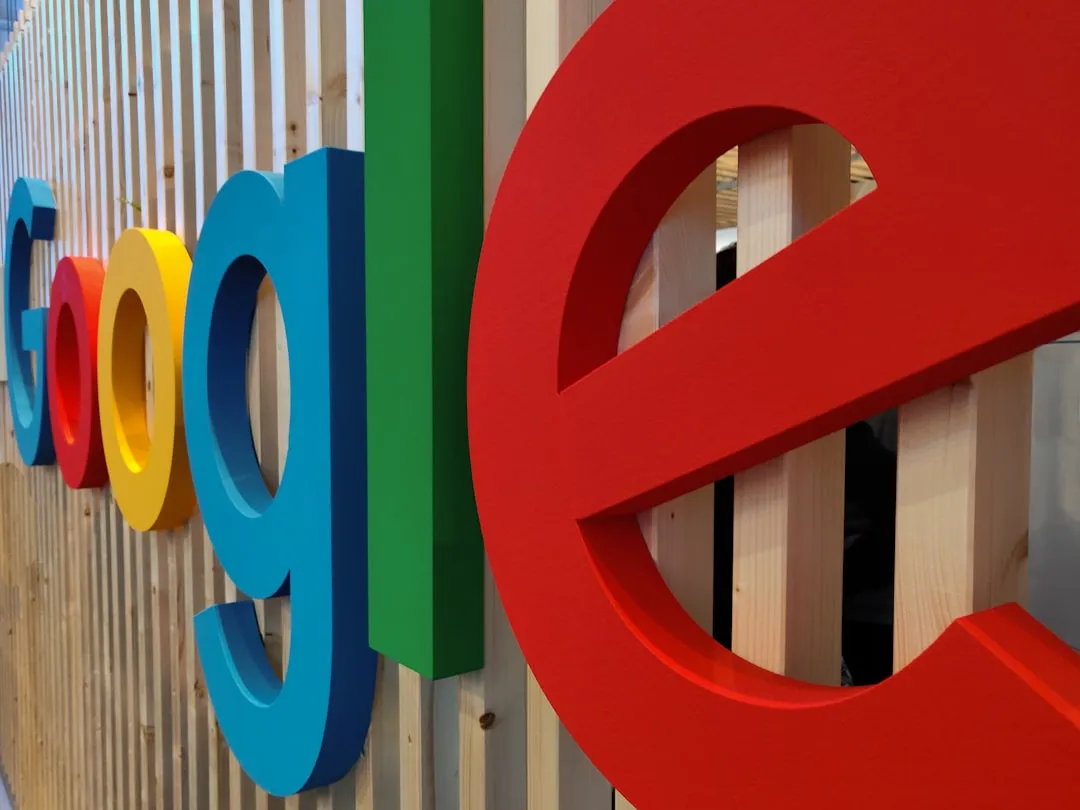


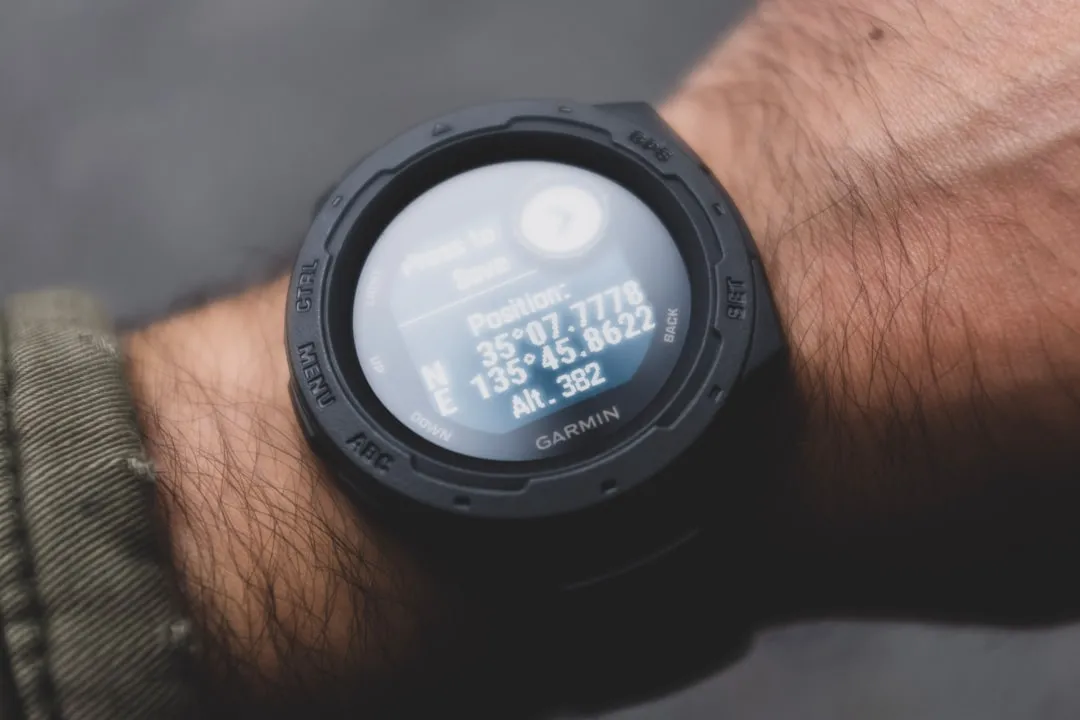
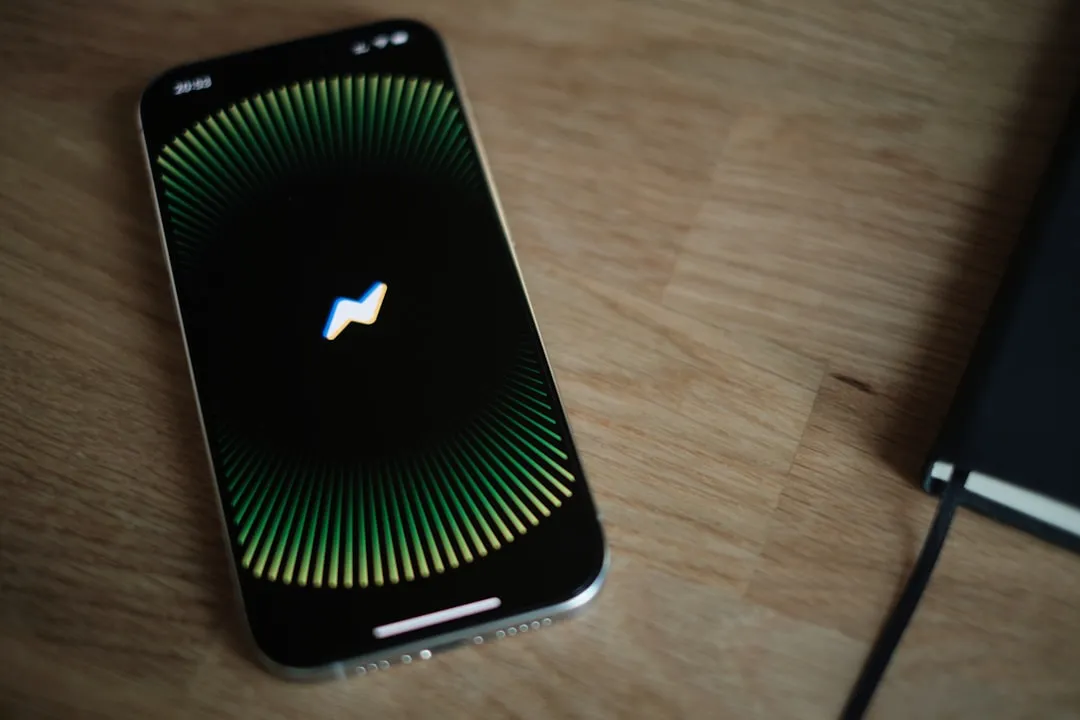

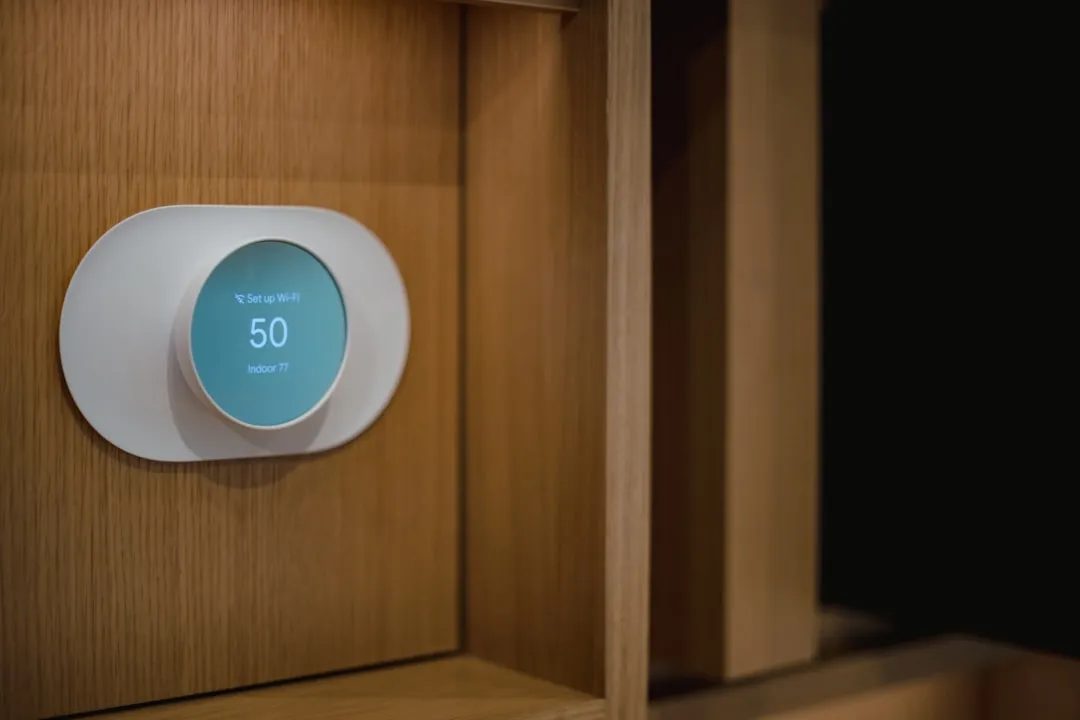

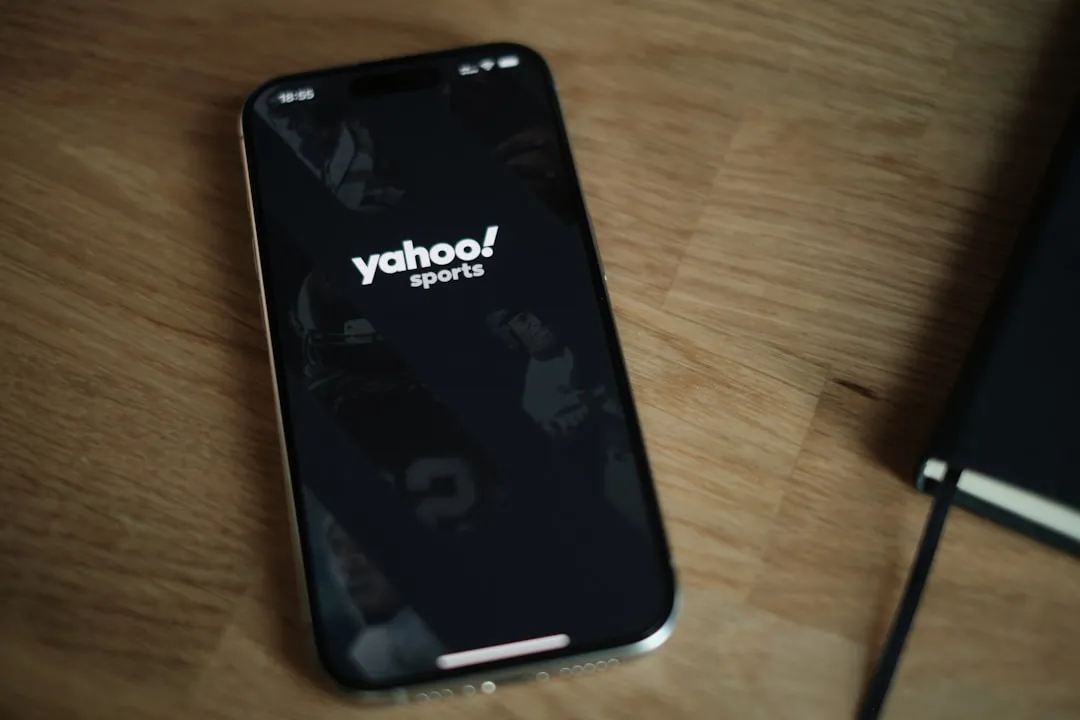
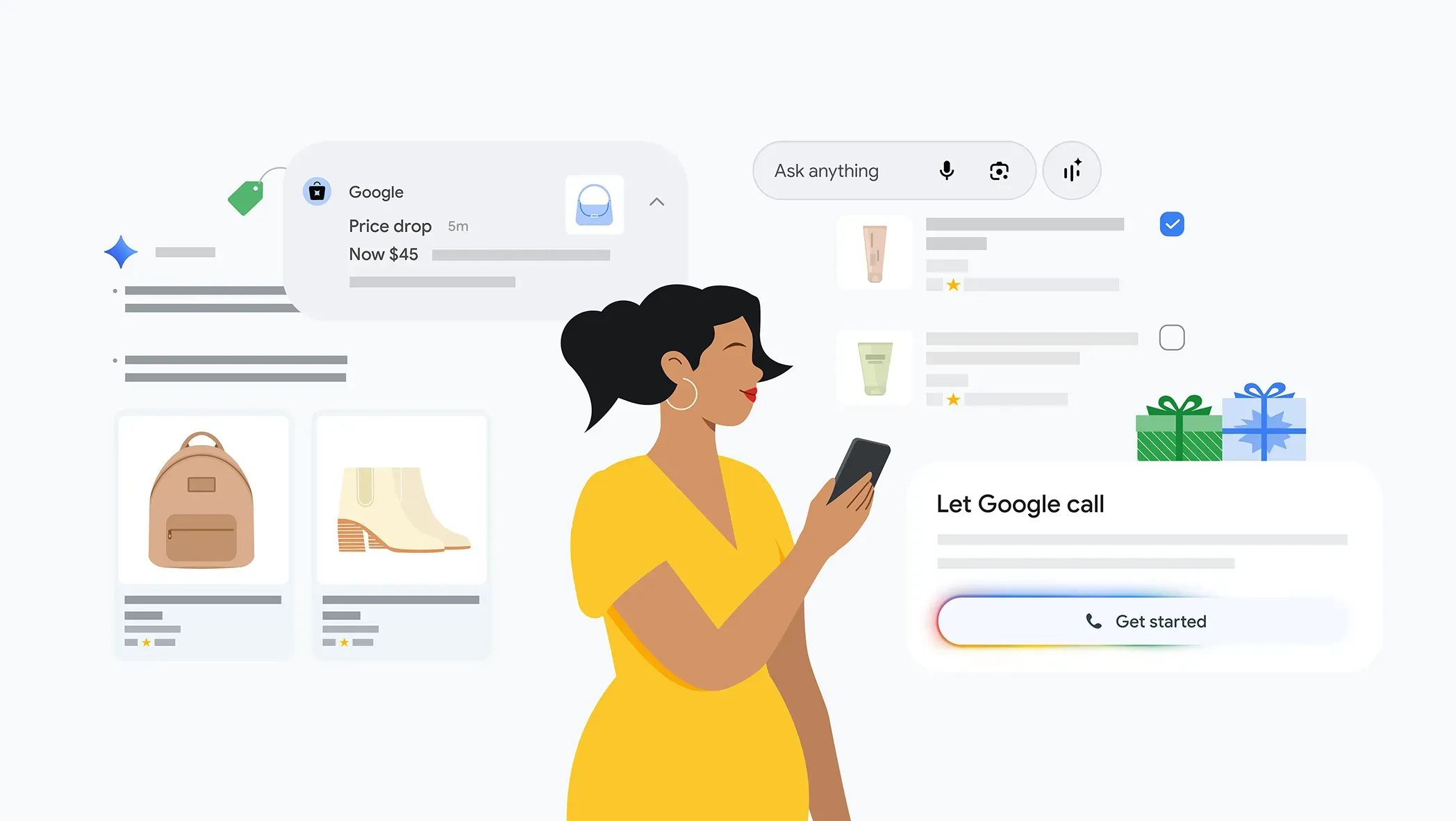
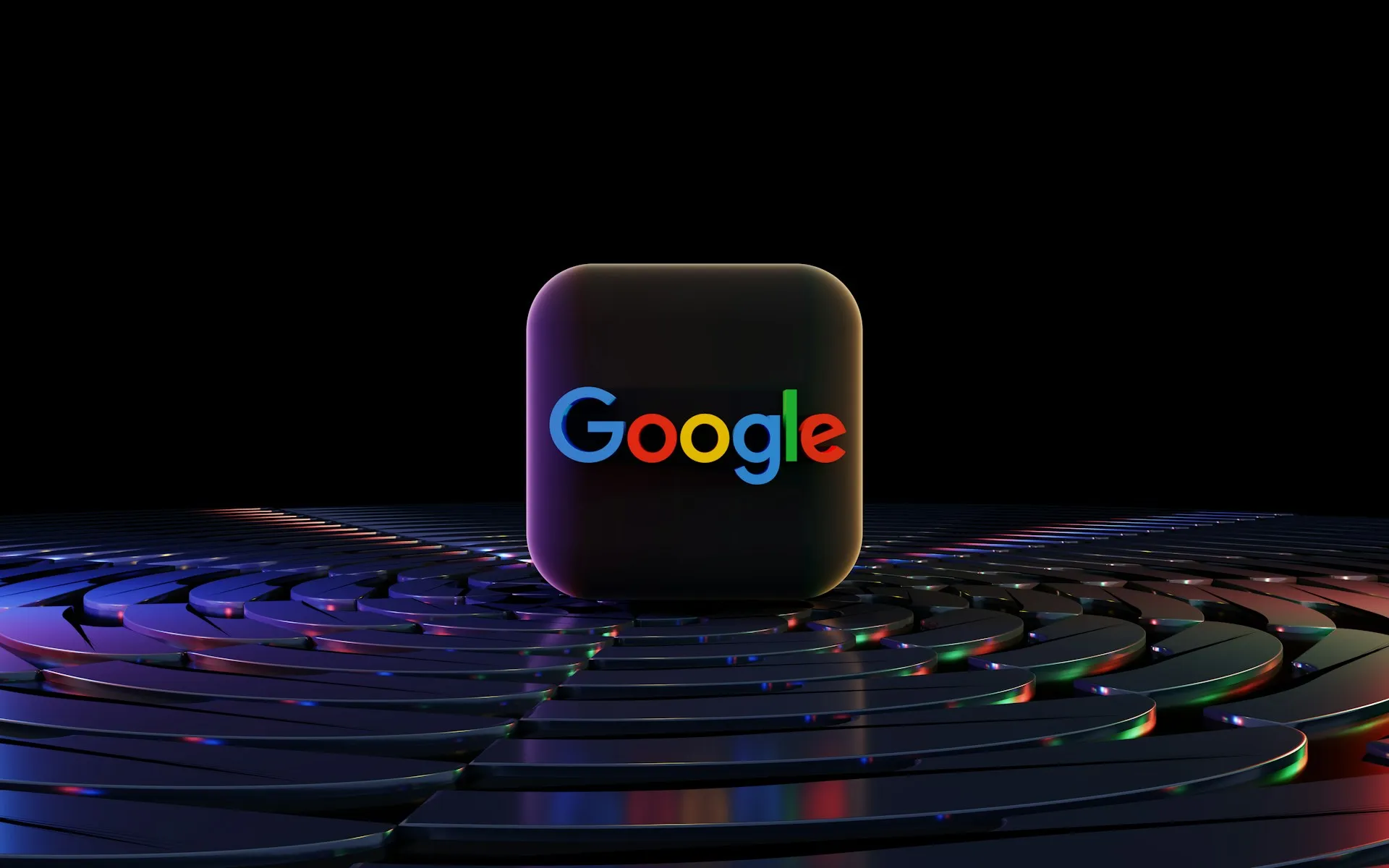

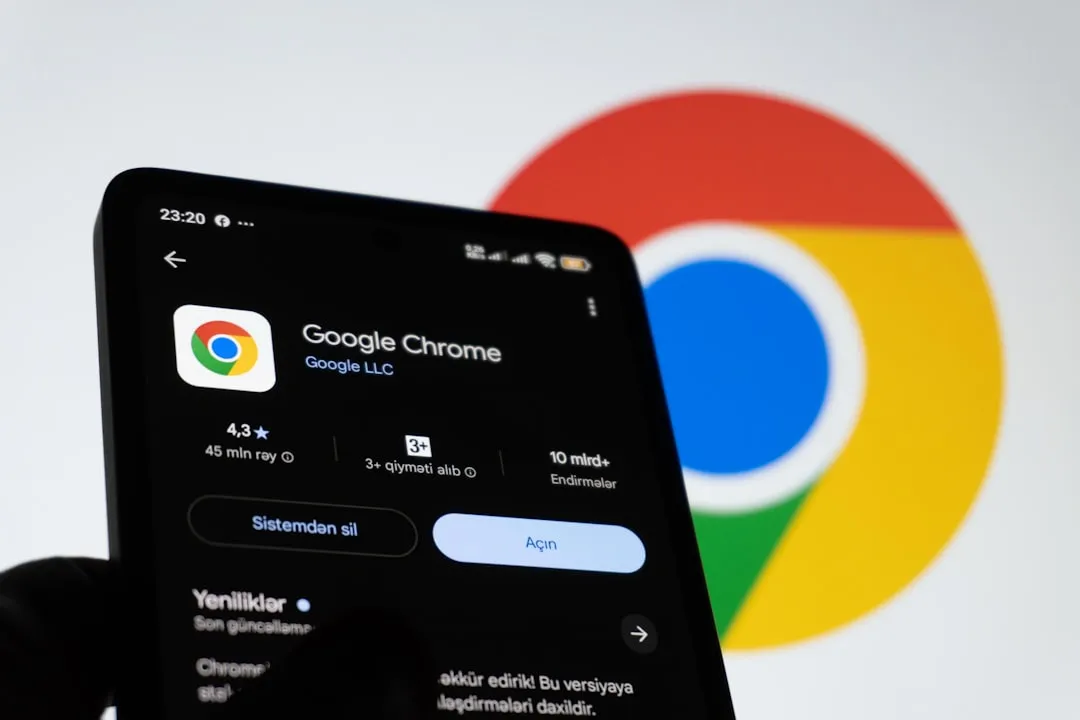
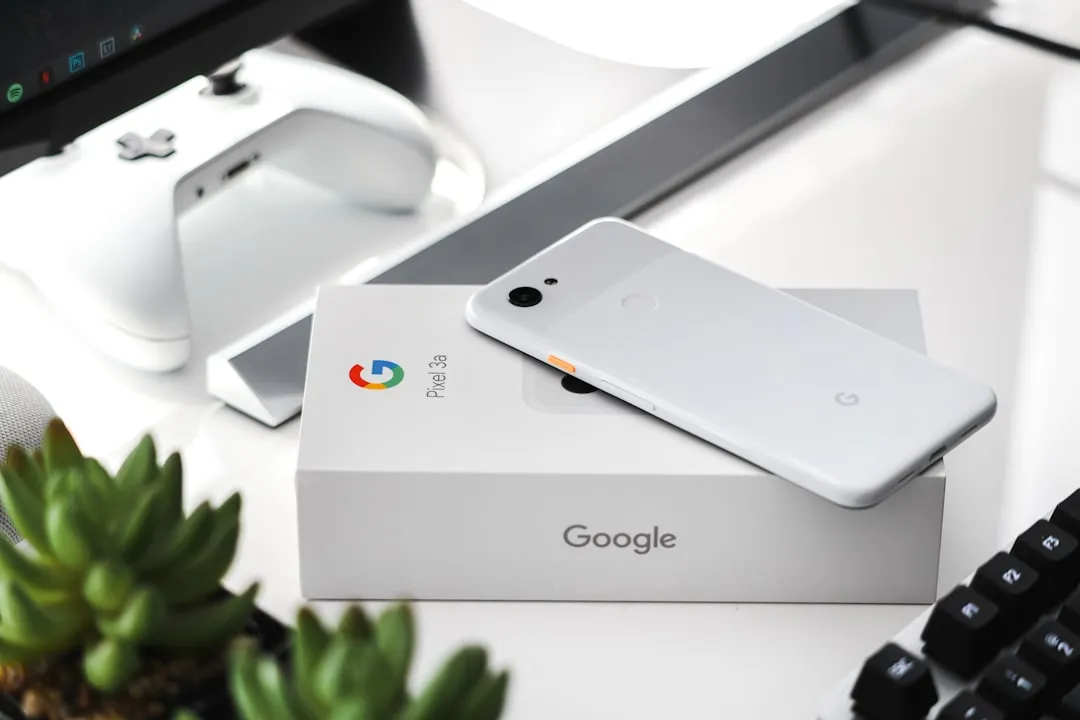
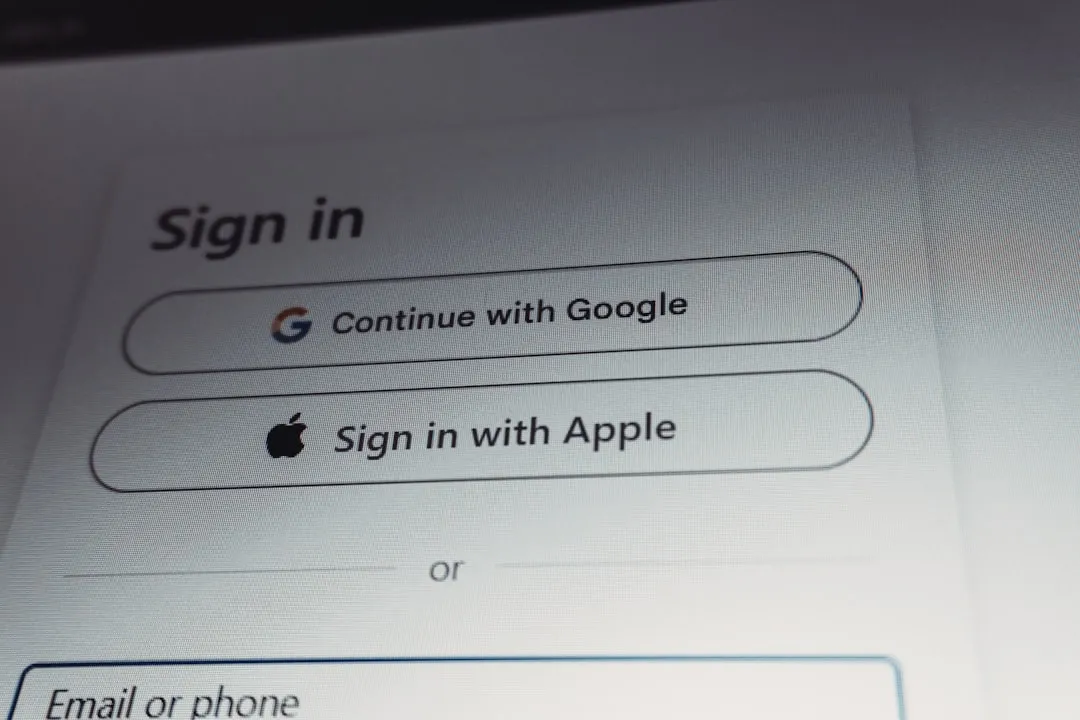
Comments
Be the first, drop a comment!